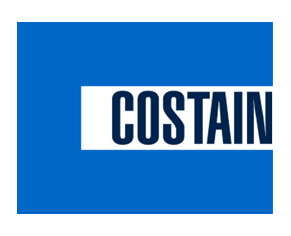How might we embed circular economy principles into AMP8 & 9 to deliver affordable, sustainable, and resilient infrastructure—turning waste into value while reducing our reliance on finite resources?
Challenge
To achieve true sustainability, it’s not enough to reduce waste—we must redesign our systems, assets, and services to eliminate waste entirely. NWG has already made great progress in resource efficiency, reuse, and value recovery, but the next step is to embed circular economy thinking at every level. With the launch of NWG’s Living Water Enterprise (LWE) contract, we now have a unique opportunity to mainstream circularity at unprecedented scale.
What will we do?
This sprint will bring together internal teams, LWE partners, engineers, sustainability leads, and circular economy specialists to:
- Identify high-volume, high-impact waste materials from NWG projects and operational sites
- Map reuse and repurposing opportunities across live and planned workstreams
- Explore how LWE delivery partners can enable circular thinking in design and delivery
- Develop interventions and toolkits to support tracking, handling, and reapplication of materials
- Build a business-wide case for scaling circular reuse across the AMP8 portfolio
How we will do it?
Participants will engage in:
- Materials flow mapping of current site-level waste and surplus outputs
- Use case sprints for waste streams like concrete, spoil, pipe offcuts, or temporary works
- Circular design labs with LWE and capital delivery partners
- Barrier-busting workshops on logistics, compliance, and material matching
- Collaboration planning to establish circular opportunities across internal teams and partner projects
Target Outcomes
Who will benefit from this sprint?
- Capital and delivery teams, by reducing waste and saving materials
- LWE partners, through aligned, circular project approaches
- Sustainability and carbon leads, with tangible, high-impact interventions
- Internal operations teams, reusing and repurposing materials onsite and across regions
- Local communities and the environment, by reducing extraction, waste, and carbon intensity
| Registration has now closed |


